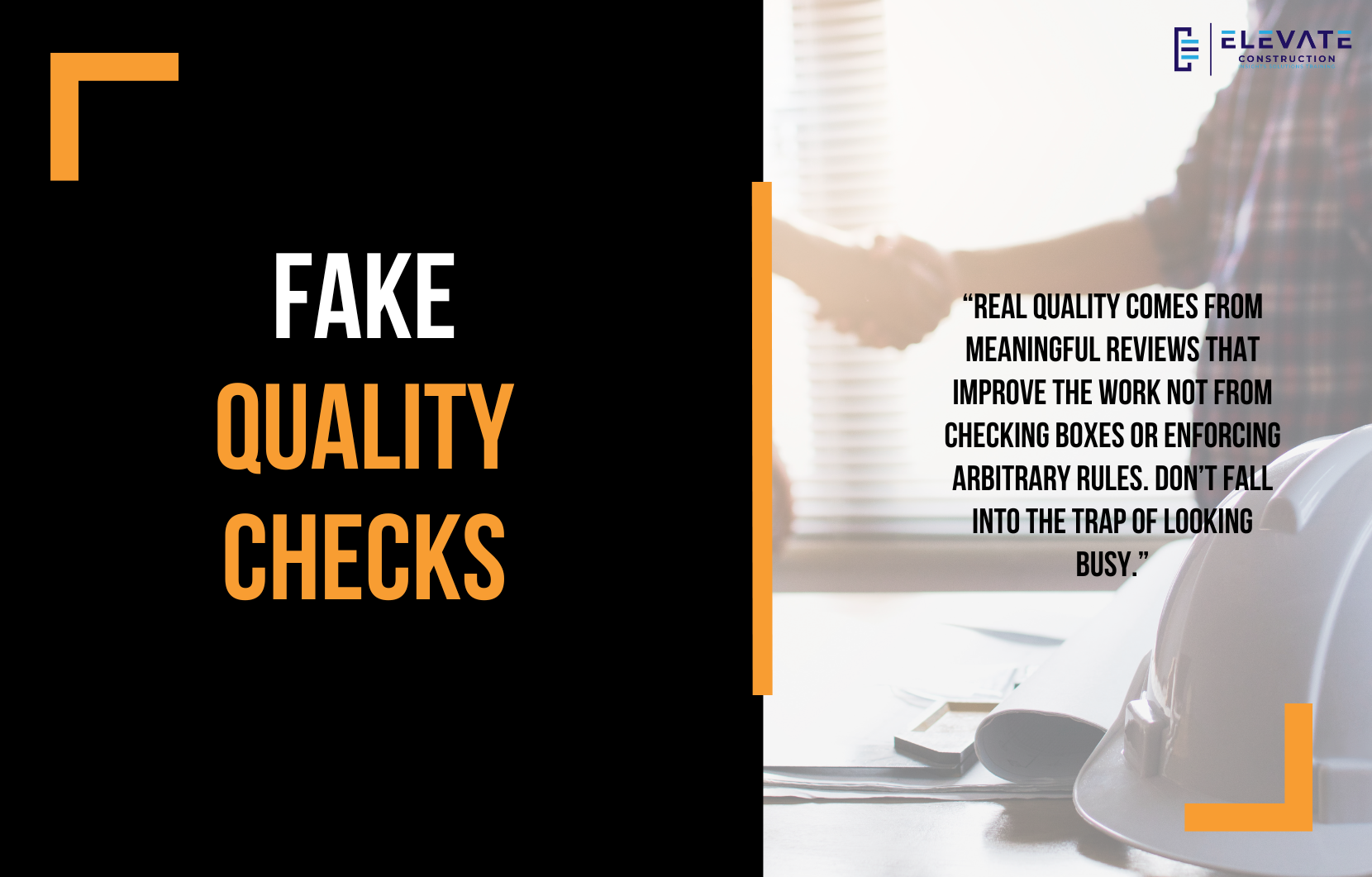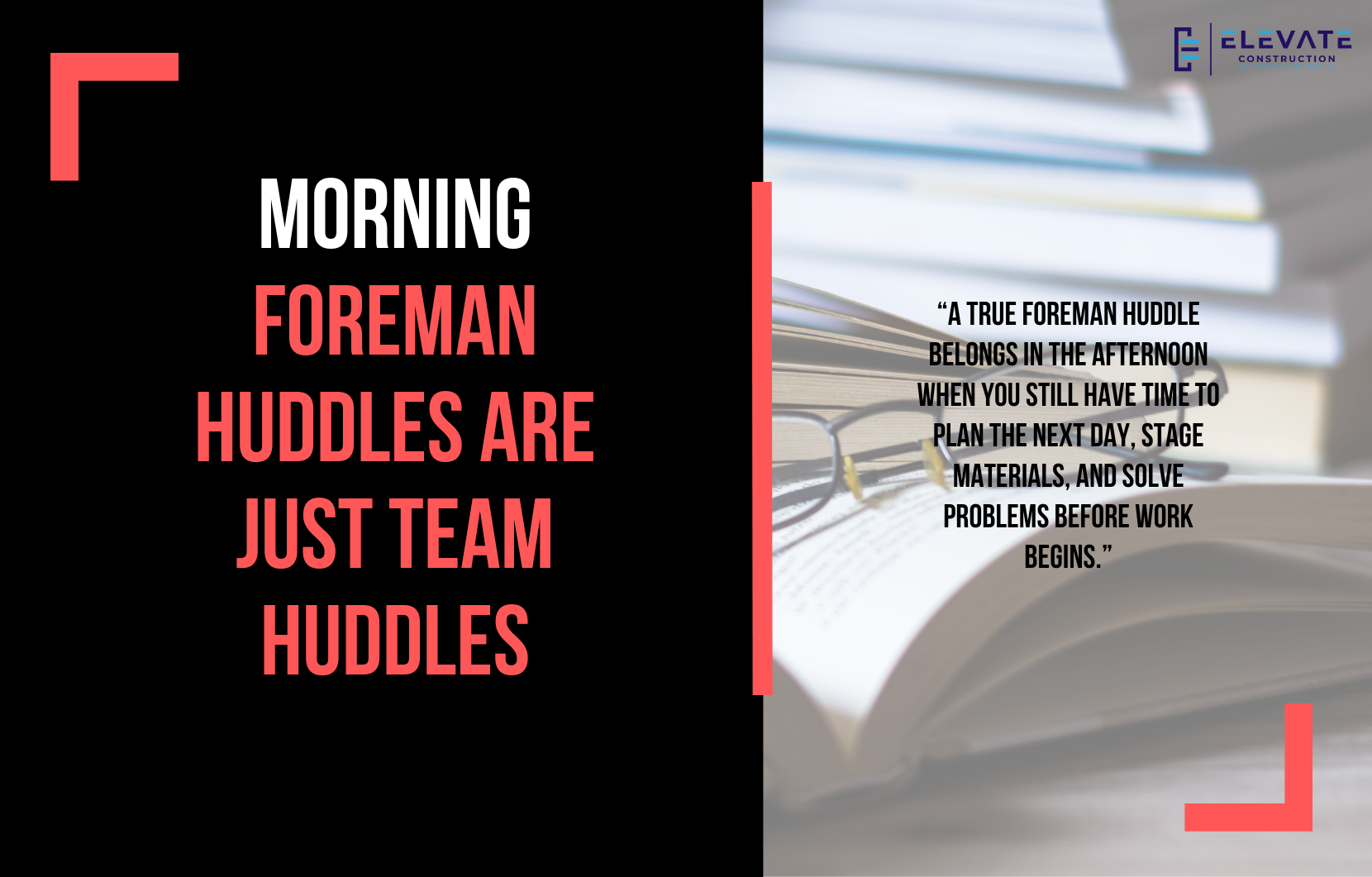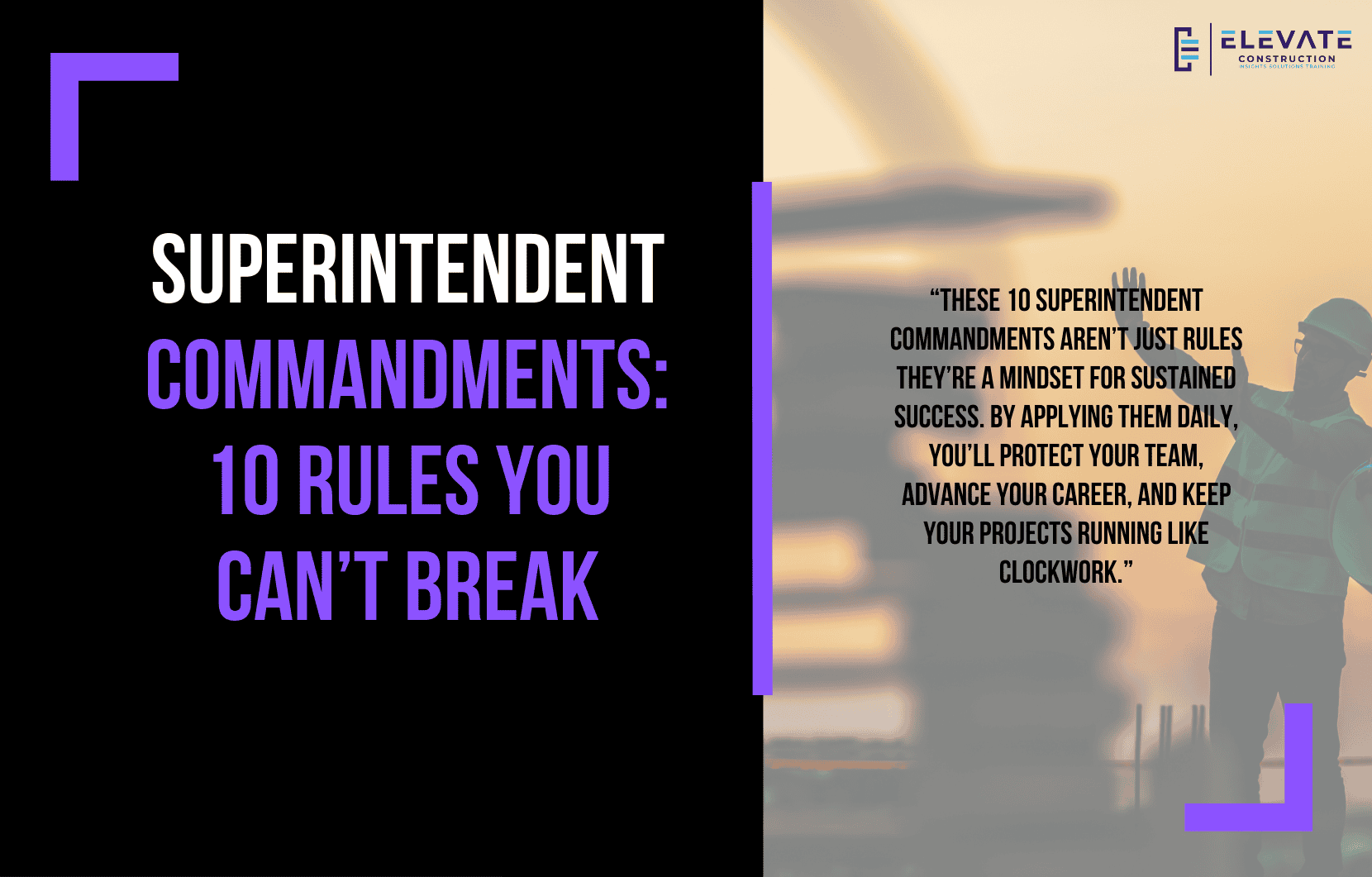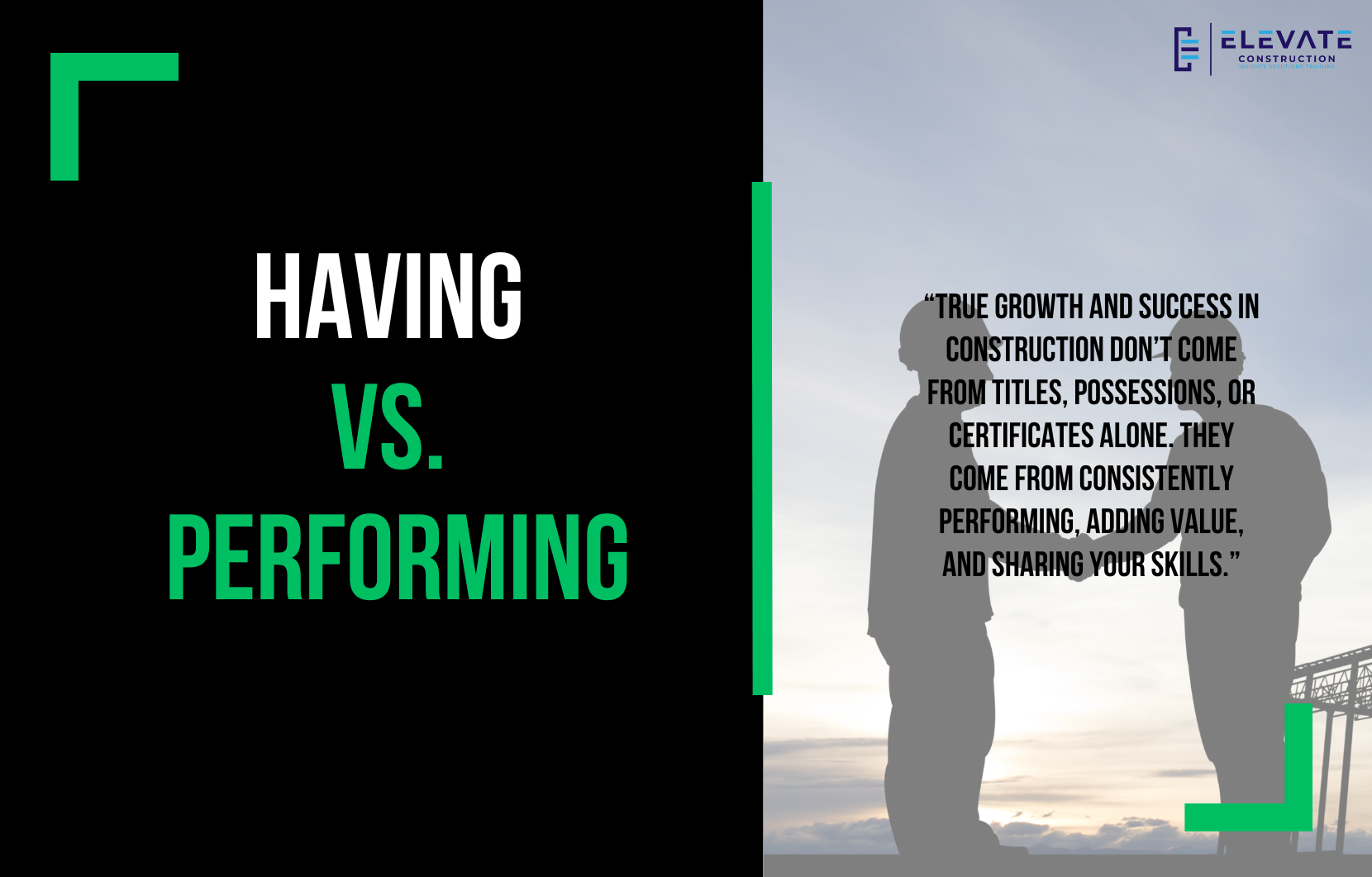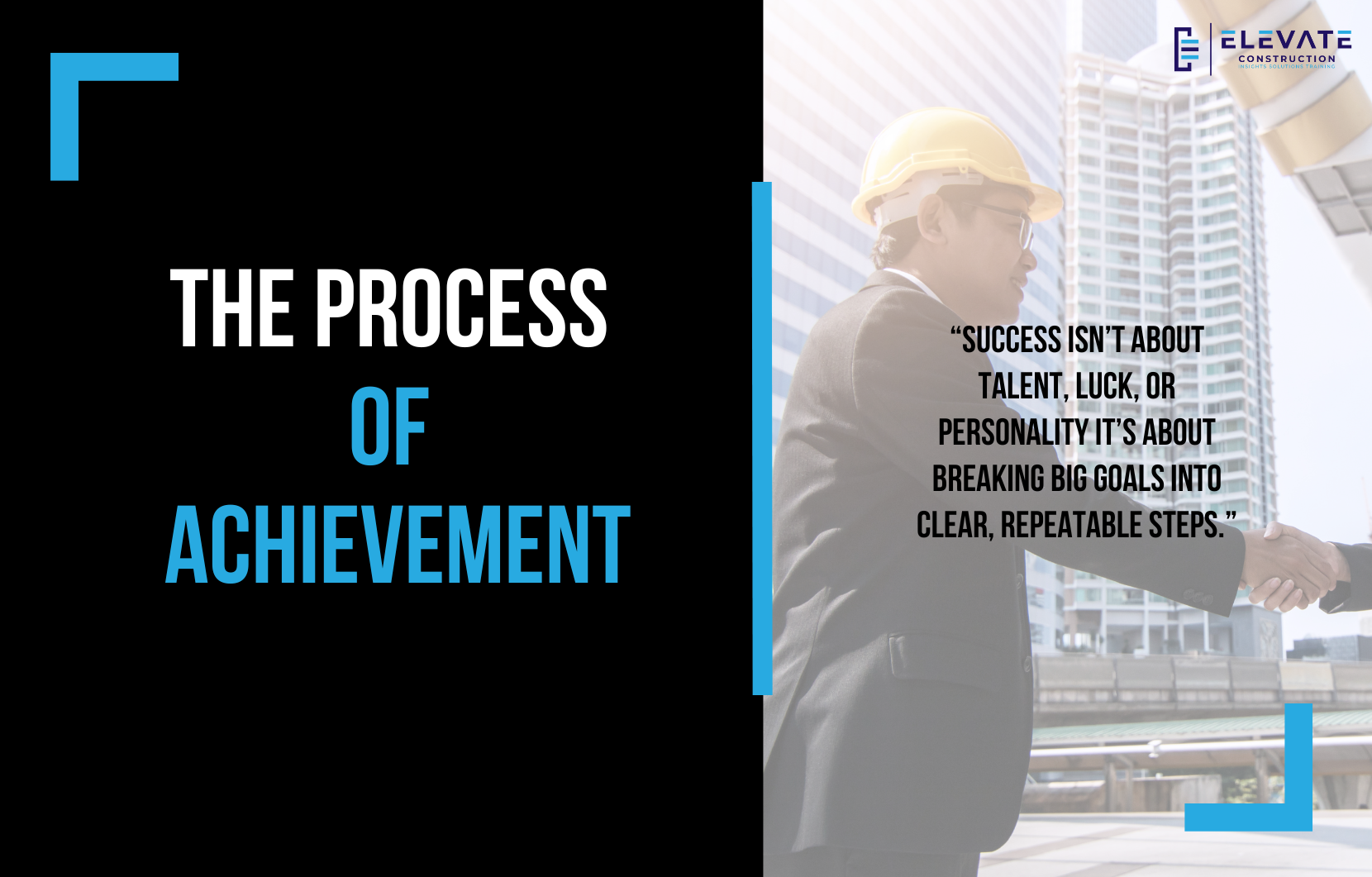When a Job Site Only Cleans Up for Visitors, How to Turn It Into a Win
In this blog, I’m going to talk about a commonly perceived situation: when the bosses stop by the job site, everyone cleans up, and then it reverts back to its normal state. Basically, “clean up when they show up.”
I want to make the point that this can actually be turned into a good thing.
I saw a post recently that sparked this thought. It asked, “What does your job site look like on a normal day versus when leadership visits?” If a leadership team only visits once every few years and the site is clean only on that day to showcase a lie, that’s bad. But from a system and human behavior standpoint, this scenario can actually become a positive.
Human beings are social creatures. Culture eats strategy every time. If a team cleans up and organizes when leadership or a visitor shows up, they know what’s expected. The problem isn’t the behavior, it’s the frequency.
How to Make It Work
If visits happen once every three years, there’s no habit formed. But if leadership or a respected authority figure comes by regularly, say once a month,something changes:
- They clean up for the visit – even if it only lasts three days.
- Next time – maybe it stays clean for five days.
- After a few cycles – people start to question why they can’t keep it clean all the time.
- The clean-up becomes a habit – and the culture shifts toward continuous organization and operational stability.
The key is regular, meaningful visits from someone with both influence and a touch of authority, enough to set expectations without creating a rigid, stifling environment. I call it “a gallon of influence and a teaspoon of authority.”
Instead of mocking the “clean up for visitors” mindset, we can use it as a cultural lever. Social groups already influence behavior, whether in gangs, clubs, religious organizations, or political movements. Why not harness that same social dynamic for something positive, cleanliness, organization, respect, kindness, service, and growth?
So, if your job site cleans up every time the bigwigs arrive, great. Let’s make it a habit. Combine consistent leadership visits with a clear standard, and over time, you’ll embed cleanliness and organization into the culture itself.
On we go.
Key Takeaway
If a job site cleans up for visitors, that’s a sign they know the standard. Increase the frequency of visits, add a touch of authority, and you can transform a reactive behavior into a lasting cultural habit of cleanliness and operational stability.
If you want to learn more we have:
-Takt Virtual Training: (Click here)
-Check out our YouTube channel for more info: (Click here)
-Listen to the Elevate Construction podcast: (Click here)
-Check out our training programs and certifications: (Click here)
-The Takt Book: (Click here)
Discover Jason’s Expertise:
Meet Jason Schroeder, the driving force behind Elevate Construction IST. As the company’s owner and principal consultant, he’s dedicated to taking construction to new heights. With a wealth of industry experience, he’s crafted the Field Engineer Boot Camp and Superintendent Boot Camp – intensive training programs engineered to cultivate top-tier leaders capable of steering their teams towards success. Jason’s vision? To expand his training initiatives across the nation, empowering construction firms to soar to unprecedented levels of excellence.
On we go




